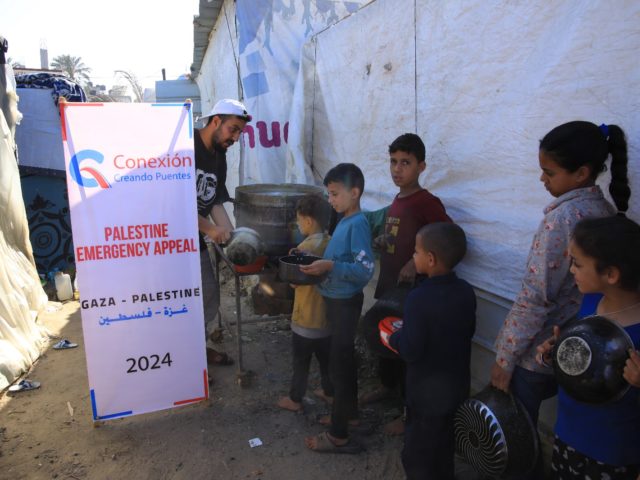Climate migration is a type of migration that involves the movement of a person or groups of people who are forced to leave their usual place of residence permanently or temporarily as a result of progressive or unexpected changes in the environment due to the multiple effects of climate change.
This is considered an unusual and infrequent phenomenon, demonstrating itself in a series of very different situations. These include affected families whose crops are endangered by flooding or severe drought, and who are forced to send family members to work in other locations in order to increase their income.
Climate change, and the migration it causes, has been a challenge to society for many years. Climate migration is a clear and evident problem in our society today and thus it cannot be denied and we must not look the other way; even if it sometimes seems to us a distant and alien problem.
There is much evidence that the impact of the climate crisis is directly related to the movement of peoples, especially in the Global South. There is also evidence that the people most affected by this crisis are those who are indigenous, living in peasant and poverty-stricken environments.
The primary causes of these forced migrations are unexpected natural disasters such as floods, torrential rains, storms, drought or forest fires, which can wipe out thousands of hectares of varying crops. The second main cause is a rise in sea level, as well as intense heat and soil degradation. The third cause is climate protection measures which have been implemented to adapt to the adverse effects of climate change. These measures include intensive infrastructure projects and land-use changes, such as large-scale reforestation programmes or installations to expand renewable energy sources.
These sudden-onset natural disasters cause many people to flee at the same time, making it easier to keep track of their numbers; but slow-onset natural disasters, such as drought, rising sea levels, and rising temperatures, cause people to migrate alone or in small groups, making it much more challenging to identify them as environmentally enforced migrants.
Claudia Durán Martínez
(translated from Spanish: 19th July 2021)
Proofreading: Kathryn McNeil





